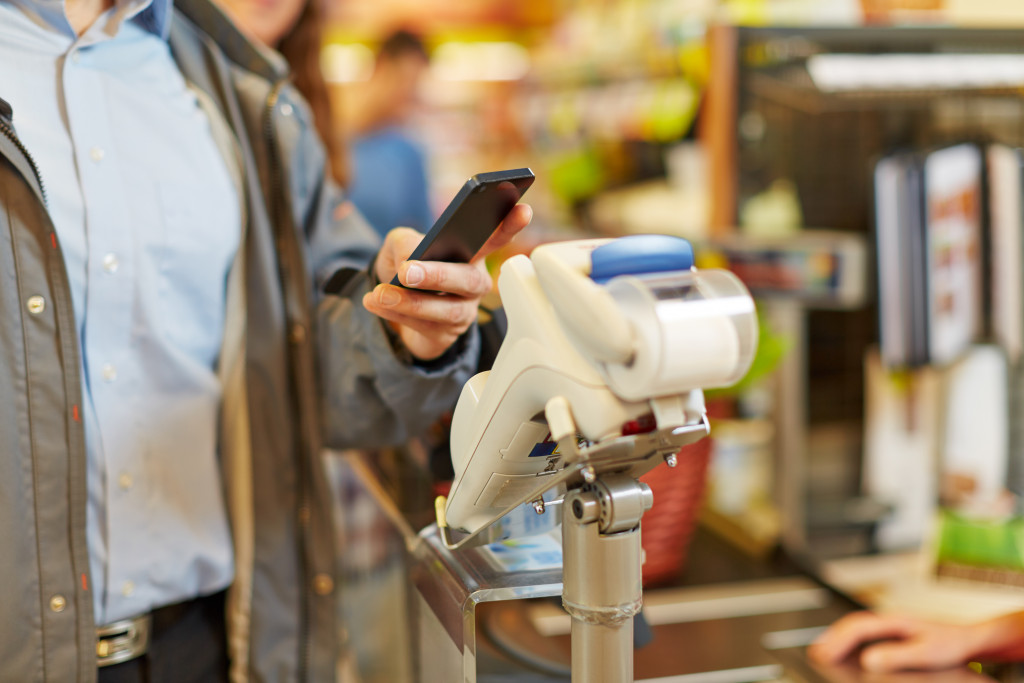The pandemic pushed for the rise of self-service in businesses. In the retail industry, more physical retail stores are resorting to self-checkout counters. This technology has been around for quite a while. Data from 2019 shows that 47 percent of consumers in the U.S. regularly used self-checkout counters.
In the time of a pandemic, self-checkout users have increased. This is because the technology allows consumers to buy items without human contact, thus lowering their risk of COVID-19 infection.
Why Retail Stores Are Embracing Self-checkout
Self-checkout kiosks offer many perks to consumers. For one, they result in shorter queues, so consumers can get their shopping done more quickly. This is especially beneficial to people who only buy a handful of items. They can finish their transaction in just a few minutes.
Business owners also benefit from using self-checkout kiosks. For one, they will reduce labor costs since they don’t need to hire checkout clerks anymore. And since self-checkout kiosks take less space, they can maximize their store space and display more products. Their employees will also work more efficiently with fewer tasks on their hands.
The Problems with Self-checkout
But everything has its pros and cons. Self-checkout is no exception. Businesses must be aware of the issues with self-checkout counters so that they know what to expect if they want to start using them more.
Fewer Jobs
Self-checkout is used not just in retail stores but also in restaurants. Though in the field of retail, self-checkout kiosks may result in more people losing their jobs versus restaurants.
For example, at a restaurant, customers can place their orders and settle their payments through a kiosk. But actual people will still need to cook their food, push stainless food carts around the cooking area to replenish goods, pack orders, and so on.
Meanwhile, in a grocery store, customers scan and pack their own items and then settle their payments. The only time that a clerk may be needed is if customers experience problems with the system. In this regard, the argument that automation is taking people’s jobs may be true.
Technical Difficulties
A 2021 report found that 67 percent of retail customers have experienced a technical failure during self-checkout.
Technical problems during checkout aren’t new, of course. These happen even in manned checkout counters. But the difference is that the store associates themselves deal with these problems when they happen. They’re trained on what to do if system problems occur. And they know who and where to ask for help if needed.
On the other hand, a consumer who experiences checkout failure may have difficulty dealing with the situation, especially if there is no staff around.
High Upfront Cost

Retail owners may save some money on labor costs. But they’ll eventually use what they save (and probably more) on acquiring self-checkout kiosks. According to MIT, a typical four-lane setup will cost businesses $125,000.
This cost doesn’t include other costs yet. Businesses will still need to spend on training employees on how to operate and troubleshoot the machines and the software. They should also consider the maintenance costs.
It can be assumed that, as the years pass by, the price tag will decrease as the technology needed for self-checkout counters becomes more affordable. But for now, the high upfront cost of self-checkout kiosks can be considered a setback.
Lack of Human Contact
One concern that some consumers have when it comes to self-checkout kiosks is the lack of human contact. It seems ironic because some people like self-checkout since they don’t need to interact with anyone when they shop.
A customer feels reassured when they know that a store associate will be right there to assist them. If the customer encounters a problem during checkout, the store associate can take care of it for them. Removing sales clerks from the picture makes consumers scared, so they won’t have a good shopping experience.
Also, self-checkout means that a customer will have to do everything for themselves during their trip to the local grocery store. They will scan their own items, settle their own payments, and then bag their own items. This means that self-checkout removes the aspect of customer service that consumers want to experience.
Being able to checkout on one’s own has its perks for both consumers, store personnel, and business owners. But the drawbacks of this technology are hard to ignore. Self-checkout technology will indeed become an essential part of the retail industry in the future. But for now, it still has a long way to go.




